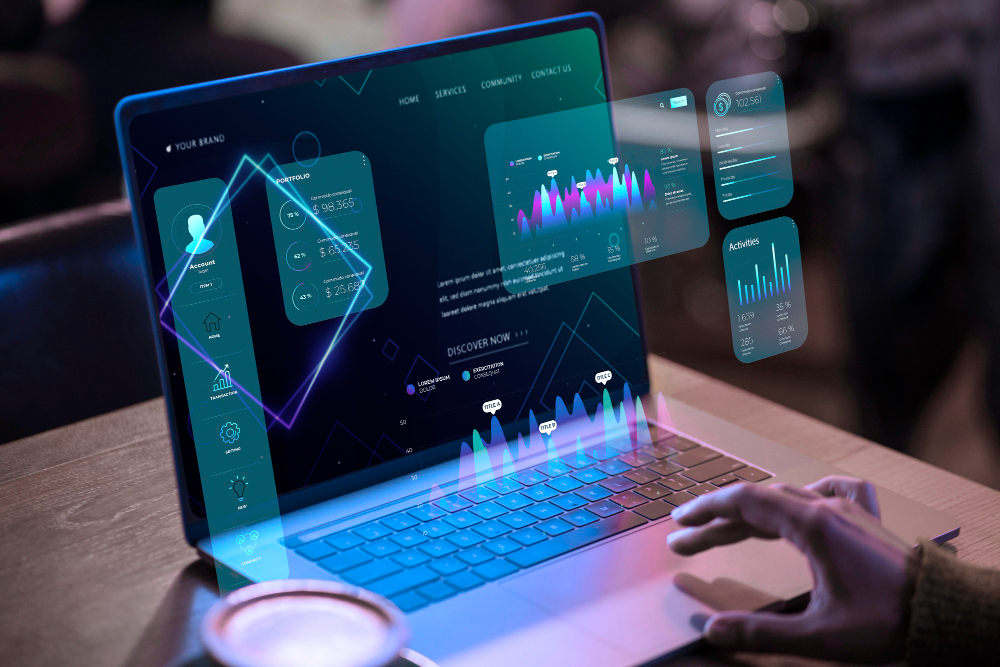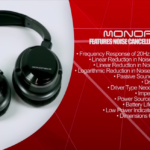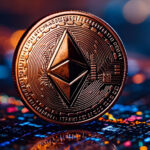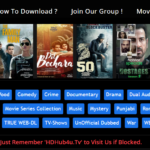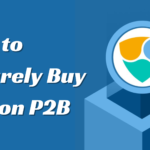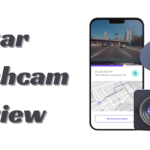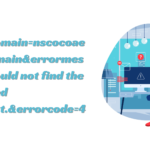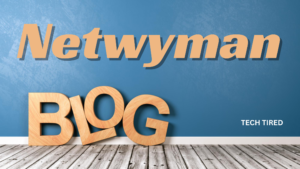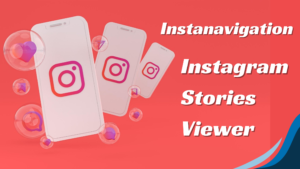IoT Data Analytics: Types, Use Cases, and Implementation
IoT (Internet of Things) data analytics involves analyzing large quantities of data gathered with the help of IoT devices. Sophisticated analytical techniques extract valuable insights, patterns, and trends from the data. By harnessing analytics, enterprises can transform raw data into actionable intelligence, resulting in informed decision-making and strategic planning. By this year, IoT devices will comprise around 70.5% of all connected devices. Industry experts say the global IoT analytics market will grow at a CAGR (compound annual Growth Rate) of 26.9% from 2022 to 2030. For your information, the IoT market is projected to reach $605.5 billion by 2026.
Different Types of IoT Data Analytics
- Descriptive Analytics: Here, detailed reports are produced regarding what happened to data, the time of occurrence, and the number of times of occurrence by processing and analyzing data collected from IoT devices.
- Diagnostic Analytics: Here, processes including data mining and statistical analysis identify patterns and relationships in the data. The goal is to find out why specific events happen.
- Predictive Analytics: This helps in predicting future events. Historical data, machine learning, and statistical algorithms make future predictions possible and available.
- Prescriptive Analytics: Here, solutions are provided to existing business challenges. This is achieved by combining descriptive, diagnostic, and predictive analytics.
What is Status Data in IoT?
This provides real-time insights into IoT devices’ operational status and health, such as metrics such as battery levels and signal strength. For example, a smart thermostat gives updates on temperature and battery levels.
Implementation of IoT Data Analytics
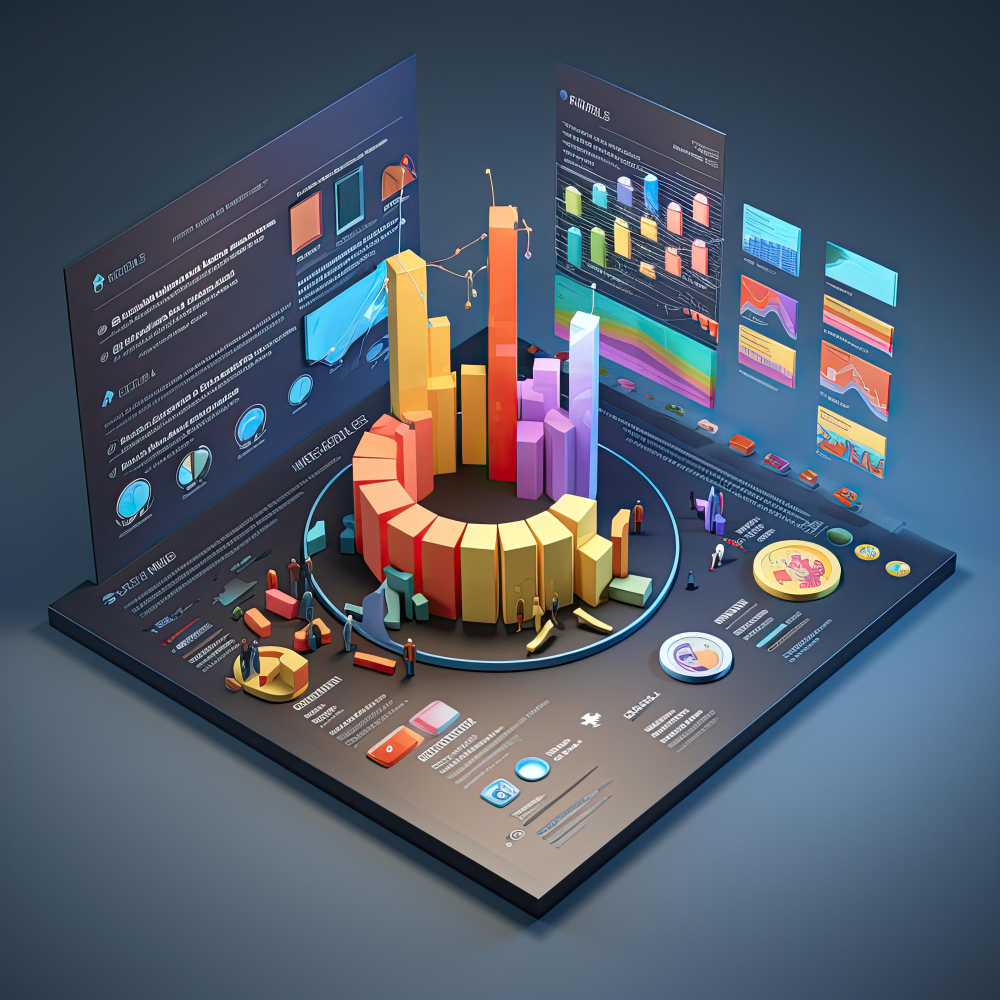
- Outline Desired Goals: Identify what your organization desires to get by implementing a quality IOT data analytics solution. The objectives vary by industry as well as by the kind of business.
- Shortlist the Right IoT Platform: Select the IOT platform that aligns with your organization’s data analytics requirements. The platform should be able to shoulder the existing workload and scale up in the future if required.
- Detail the Data Collection Mechanisms: Equip all the IoT devices with sensors and set up compatible communication protocols. Make sure that the data is gathered and sent correctly.
- Set up Quality Analytics Tools: Pick up analytics solutions and technologies depending on the kind of analysis your organization desires. Harness machine learning as well as artificial intelligence for sophisticated analytics.
- Seamless Knowledge Transfer: Ensure comprehensive training is given to all the organization’s staff using the IoT analytics tools to use the tools for the best results properly.
- Future Proofing: Examine the efficiency and effectiveness of the IoT solution even in the future. Make sure it aligns with changing organizational business goals.
- Watertight Security and Data Privacy: Ensure data is safe from cyber-attacks and adheres to local and international data regulations.
- Crystal Clear Data Visualization: This step must display insights so that they are easy and convenient for all stakeholders to understand.
- Data Gathering and Seamless Integration: Ensure the data quality level. Implement efficient data cleaning before processing. Check whether data originating from different sources can be integrated to your satisfaction.
Use Cases
Below are some real-life examples of IoT data analytics and scenarios.
- Real Estate: IoT solutions can quickly identify systems with excessive power consumption and take steps to bring it down. If sensors make out that the room is empty, the window is not closed, and the HVAC (Heating, Ventilation and Air Conditioning) equipment is on, it can shut down the equipment and inform the owner in real time.
- Agriculture: Installed sensors will monitor soil moisture levels and water usage. The irrigation system will adjust the water supply as needed. Over-irrigation, water, and wastage are thus prevented.
- Smart Cities: Sensors transmit traffic data. Using this data, congestion in the city can be reduced, and traffic flow can be optimized. If public lights are on in the morning, they can be switched off, lowering energy consumption.
- Manufacturing: In this scenario, real-time data is collected from installed sensors, such as the operational state of the equipment, level of performance, and machine condition. A machine can be repaired or even replaced if it is about to malfunction. This minimizes manufacturing downtime and ensures quality production.
- HealthCare: Wearables and monitoring devices transmit tons of data in real-time. Blood sugar levels in diabetic patients can be tracked. As per their levels, suitable diet plans and exercise regimes can be suggested to the patients.
- Retail: Old-style checkouts are increasingly being replaced by new-style checkouts. Products have RFID (Radio Frequency Identification) tags, weight sensors are put in place, and advanced computer vision technology is leveraged. The IoT solution tracks what items are picked up from the shelves, and real-time shopping cart updates are executed. The mobile app contains the store billing feature; customers must pay through it when they leave.
- Queue Management Solutions: IoT sensors collect and analyze data related to customer movement in queues, such as those seen in supermarkets or movie theatres. Data is gathered regarding the movement of individuals when they enter and exit a particular area and the number of individuals in the queue. If the number of customers in a supermarket is high, fresh counters can be opened, and supermarket staff can be directed to these counters. Counters can be closed if the numbers are less, and the associated staff can be directed to do other productive activities.
- Inventory Management: IoT sensors transmit data for valuable insights in data warehouses and supermarkets. Fresh stock can be ordered if there is a shortage of certain items. If there are excess fresh orders, they can be cancelled. These save money, time, and effort in ample measures.
- Supply Chain Management: IoT data is analyzed to streamline inventory, logistics, and distribution. Data is obtained regarding the storage temperature of goods in transport. The heating and cooling equipment can be suitably tweaked so that the goods do not rot. The best routes to transport goods can be optimized to avoid delays and result in less fuel consumption.
Why CoffeeBeans?
We are seasoned in implementing requirement analysis and designing and developing IoT solutions customized to your organization’s needs and preferences. Our IOT solutions are scalable, affordable, and compatible with existing systems in your organization. We use state-of-the-art data analytical tools to analyze and interpret your data. CoffeeBeans has a team of qualified and experienced data professionals who convert actionable insights to improve revenue and profits and better achieve your business objectives. We are a seasoned IoT data management and analytics entity that will add value to your operations and processes. Reach out to us to learn more in detail—partner with CoffeeBeans to effectively address IoT data analytics challenges.

